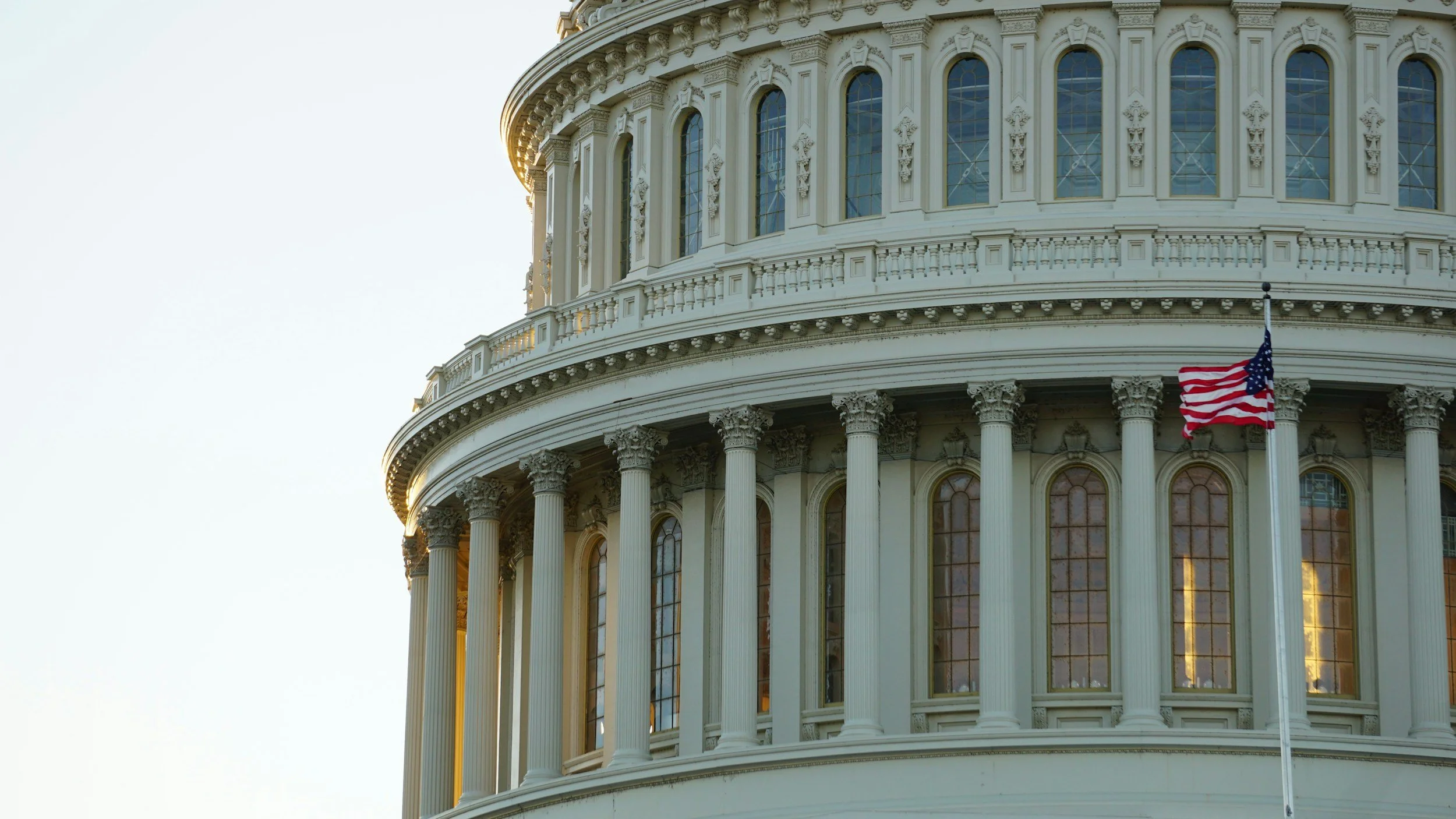What “One Big, Beautiful” Bill’s Medicaid Cuts Mean for America
By Lee Lynch, Culmore Clinic Executive Board Member and Modern Medicaid Alliance Coordinator.
The recently passed One Big Beautiful Bill Act (OBBA) introduces sweeping changes to the U.S. healthcare landscape, with the most significant and immediate effects targeting Medicaid, the public health insurance program that covers more than 80 million low-income adults and children. The legislation introduces deep structural cuts and new restrictions that could reshape access to care for millions across the country.
Medicaid’s Transformation Under OBBA
The OBBA reduces federal Medicaid spending by an estimated $800 billion over the next decade. According to the Congressional Budget Office, the changes will leave as many as 16 million Americans uninsured by 2034—7.8 million of them from Medicaid alone.
Key provisions include:
Mandatory work requirements for adults aged 19–64, who must now verify at least 80 hours per month of employment or qualified activities.
Biannual eligibility reviews, which replace the current annual renewal system, increasing administrative complexity for enrollees.
New cost-sharing obligations, including copayments of up to $35 per provider visit for low-income adults.
These changes will likely result in significant coverage losses, not due to ineligibility, but due to increased bureaucracy, procedural errors, or intermittent employment—especially in industries with irregular schedules or seasonal work.
Disproportionate Impact on Vulnerable Populations
The law's structure is expected to disproportionately affect:
Low-income working adults without children, who now face increased documentation burdens.
People with disabilities, who may struggle to meet work requirements or navigate frequent re-certifications.
Rural populations, where limited internet access and fewer healthcare options compound access barriers.
LGBTQ+ individuals, especially those who rely on Medicaid for services such as gender-affirming care.
Immigrants and veterans, many of whom depend on Medicaid for chronic disease treatment and preventive services.
As eligibility verification becomes more demanding, many may fall through the cracks—losing access to necessary medications, mental health care, prenatal services, or disease management services.
Fiscal Pressure on States
Because Medicaid is jointly funded by federal and state governments, these federal reductions will shift substantial costs to states. The bill also limits states' ability to raise matching funds through provider taxes, capping them at 3.5%—down from the previous 6%. This could cut $665 billion in supplemental Medicaid financing over 10 years.
Many states, particularly those with constrained budgets or already skeptical of Medicaid expansion, may:
Decline to renew or continue Medicaid expansion under the Affordable Care Act (ACA).
Narrow eligibility criteria to reduce program size.
Reduce provider payments, threatening the financial viability of hospitals and clinics.
For some states, maintaining current coverage levels could require deep cuts in other areas like education, transportation, or public safety.
Providers at Risk
Healthcare providers that serve Medicaid patients will also feel the strain. Rural and safety-net hospitals, community health centers, and specialized providers—such as those offering mental health or reproductive services—are expected to experience the most direct impacts.
Rural hospitals, in particular, are at high risk. OBBA also established a $50 billion fund—called the Rural Health Transformation Fund and allocated as $10 billion annually from 2026 to 2030—to support state-led plans aimed at stabilizing rural hospitals, expanding care access, boosting workforce recruitment, and deploying health-focused technologies in rural communities. However, analysts still caution that as many as 25% of rural hospitals could close due to revenue shortfalls caused by Medicaid cuts and increased uncompensated care burdens.
Children’s hospitals and Planned Parenthood affiliates may see revenue decline significantly due to narrower coverage and exclusion provisions.
Emergency rooms are expected to absorb increased demand as more patients lose regular access to primary care, raising operational costs and reducing system efficiency.
The Role of Free and Charitable Clinics
As more individuals become uninsured or underinsured, the burden will increasingly fall on free and charitable health clinics, which already operate on modest budgets and rely heavily on donations and limited public grants. The expected surge in demand—combined with the likely loss of Medicaid-directed payments and support—could significantly increase capacity.
Without federal compensation for growing uncompensated care, many may be pushed beyond their limits.
Broader Community Consequences
Beyond the healthcare system, these changes will reverberate throughout communities in several ways:
Public health outcomes may worsen, with less access to vaccinations, preventive screenings, and chronic disease management.
Economic stability may decline, as sicker workers are unable to remain employed and medical debt rises among low-income families.
Health disparities are likely to widen, especially in underserved and historically marginalized communities.
These effects could increase costs across the system through more ER visits, longer hospital stays, and broader reliance on emergency rather than preventive care.
Future Cuts: Another Round on the Horizon?
Even as the ink dries on the current bill, Congress is already considering additional Medicaid reductions in future budget reconciliation packages later this year. Proposals under discussion include:
Expanding work requirements to cover more adult populations.
Eliminating retroactive Medicaid coverage, which currently allows patients to receive coverage for services provided before enrollment.
Reducing or eliminating ACA premium subsidies, affecting both Medicaid and marketplace coverage.
Placing penalties on states that do not reduce eligibility error rates, further complicating renewal processes.
If enacted, these follow-up measures could deepen coverage losses, heighten fiscal pressure on states, and further strain healthcare providers and safety nets nationwide.
The OBBA represents more than a budgetary shift—it marks a fundamental redirection of America’s approach to public health coverage. Without adequate safeguards or offsetting investments, the consequences could extend far beyond Medicaid, reshaping access to care for tens of millions of Americans. As the country heads toward another budget cycle (October 1), the future of the nation’s healthcare safety net remains uncertain.
About the Author
Lee Lynch is a communications, advocacy, and coalition-building professional with two-plus decades of experience in healthcare and related areas; writer, author, and advocate.

